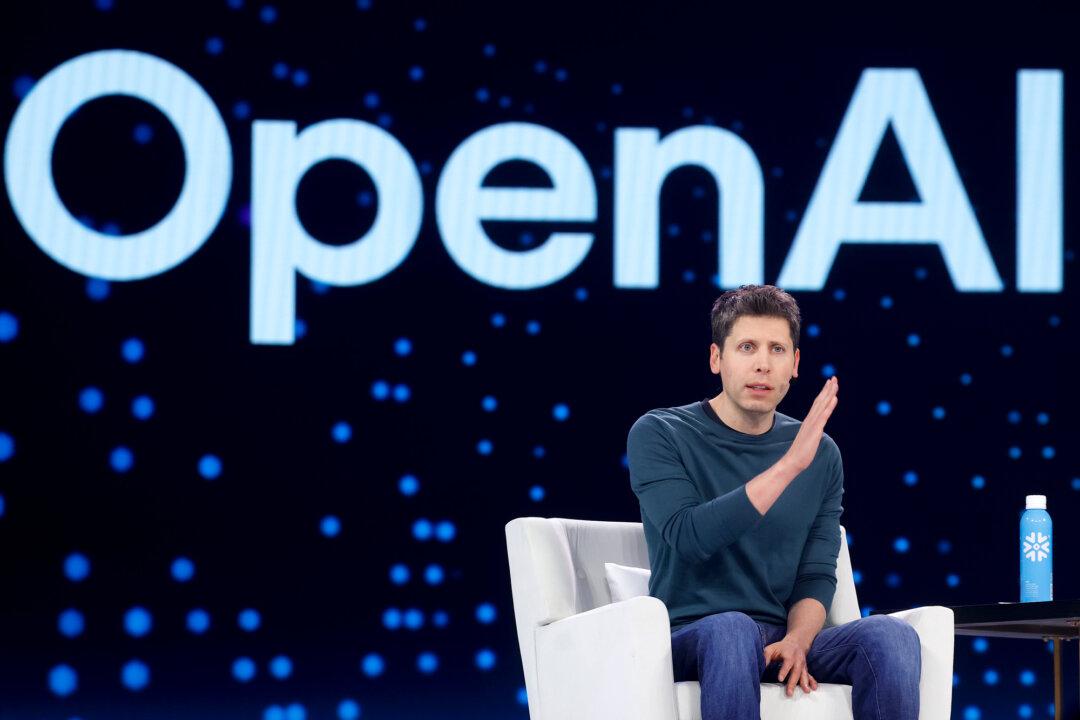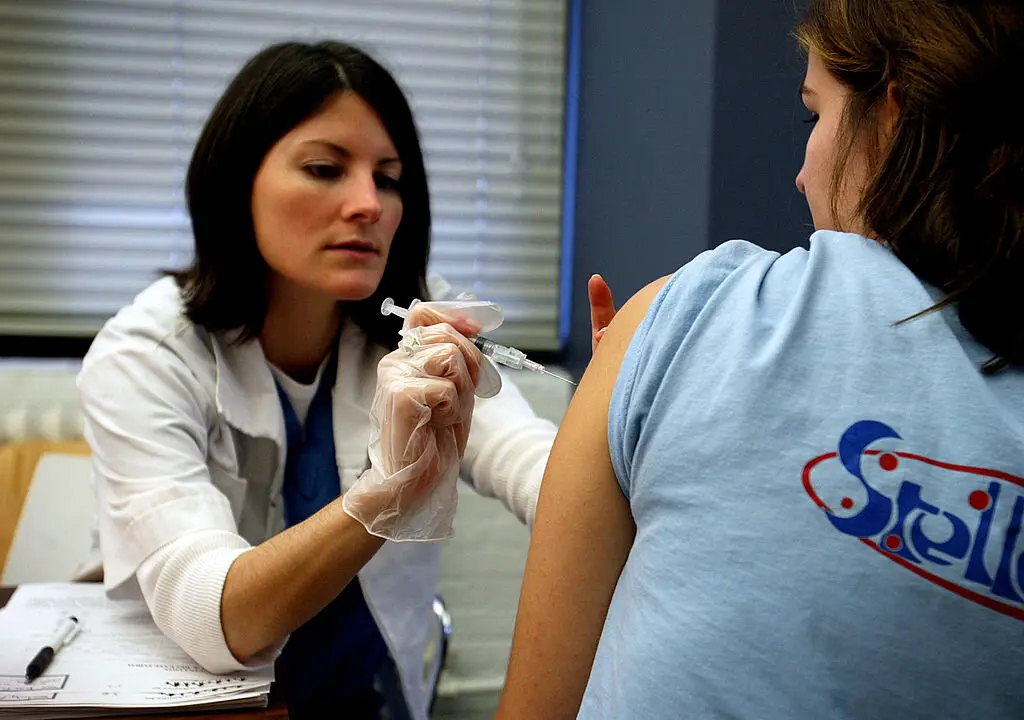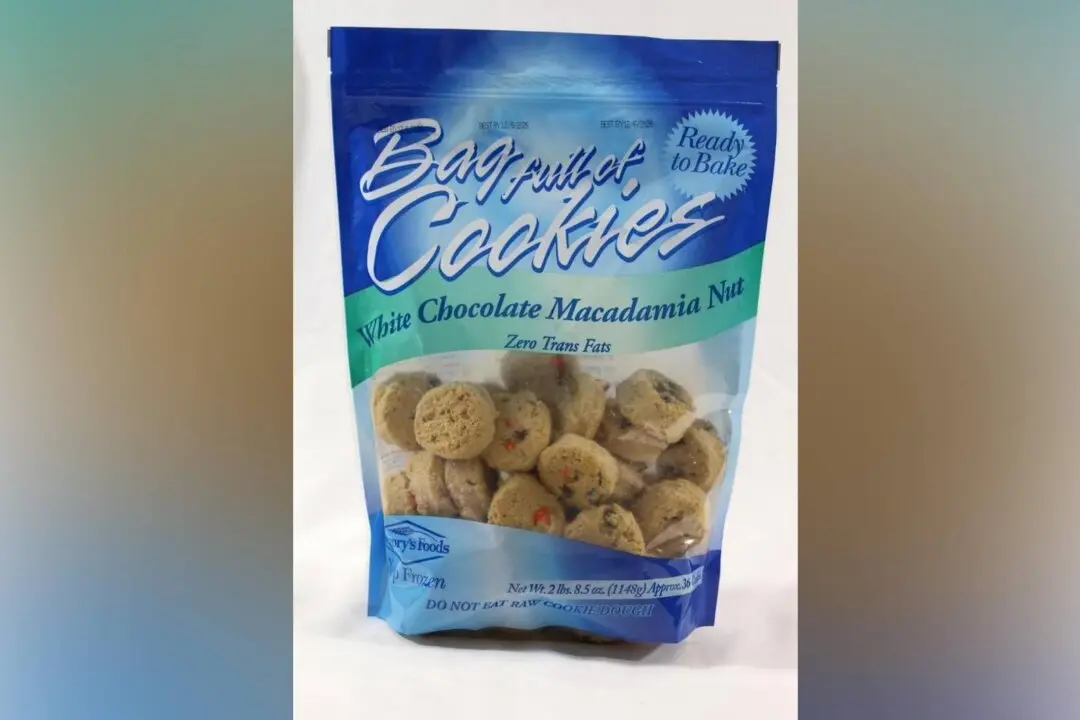With prices of commodities rising due to the COVID-19 pandemic and supply chain disruptions, inflation has hit grocery stores across the United States as brands increase product prices to prevent corporate profits from being squeezed.
P&G, which sells skincare products, shampoo, diapers, and toothpaste, raised product prices by 5 percent to achieve 10 percent sales growth in the first three months of 2022. Bottled water and yogurt company Danone achieved its sales growth target in the first quarter by passing on some of the costs to the customer. Beer manufacturer Heineken’s “assertive pricing” helped it hit a net revenue growth of 24.9 percent during this period, according to Fortune.





